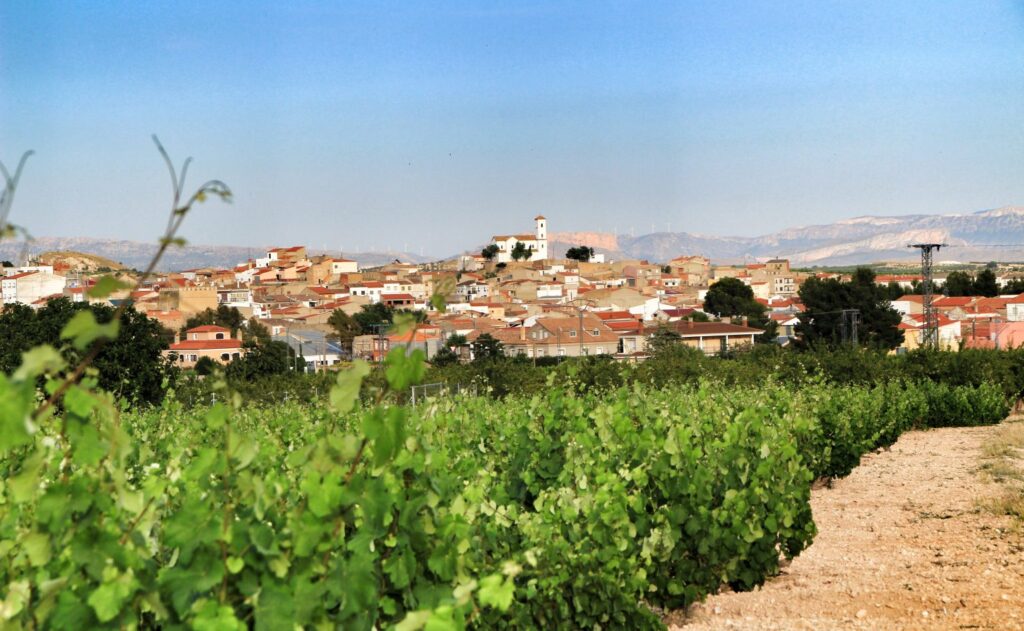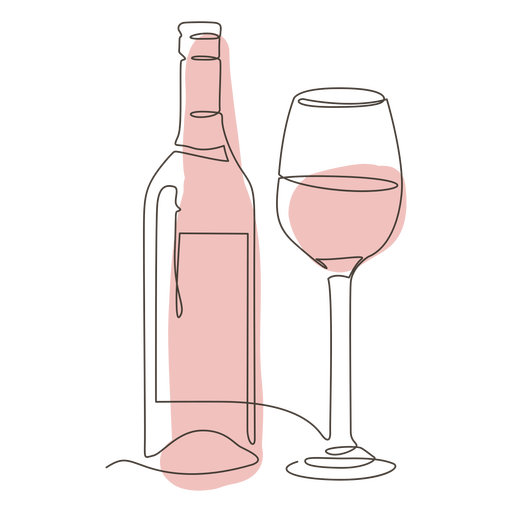Wines from Jumilla in southern Spain bagged an impressive haul of medals in db‘s global Masters competitions. Here’s why the region’s wines are hitting the spot.
For all the hype about ‘cool-climate’ wines, Jumilla stands out for producing the exact opposite. Ferocious sun, desert-like conditions and limestone plots that look more like pebble beaches than vineyards miraculously combine to produce wines of exceptional personality and freshness.
Located around an hour’s drive from Alicante, the historic wine-producing region of Jumilla receives just 300mm of rainfall annually, and for this reason most of its vineyards (79%) are dry-farmed.
The region’s flagship grape variety is Monastrell, which accounts for about 80% of total plantings in Jumilla, with Syrah, Tempranillo, Petit Verdot, Garnacha and Cabernet Sauvignon also permitted under DO rules.
A small quantity of white varieties is also planted, including Sauvignon Blanc, Chardonnay, Airén and Malvasia.
Due to the altitudinous nature of the region with the highest sites climbing to a dizzying 1,000m, fragrant aromas and delicate flavours of mountain herbs including thyme, rosemary and fennel are often present in Jumilla wines, which lean towards medium acidity.

Jumilla wines are proving a favourite with consumers, and one of the reasons they have been so successful in db’s global Masters competitions is due to the incredible quality-to-price ratio that they offer.





0 Comments